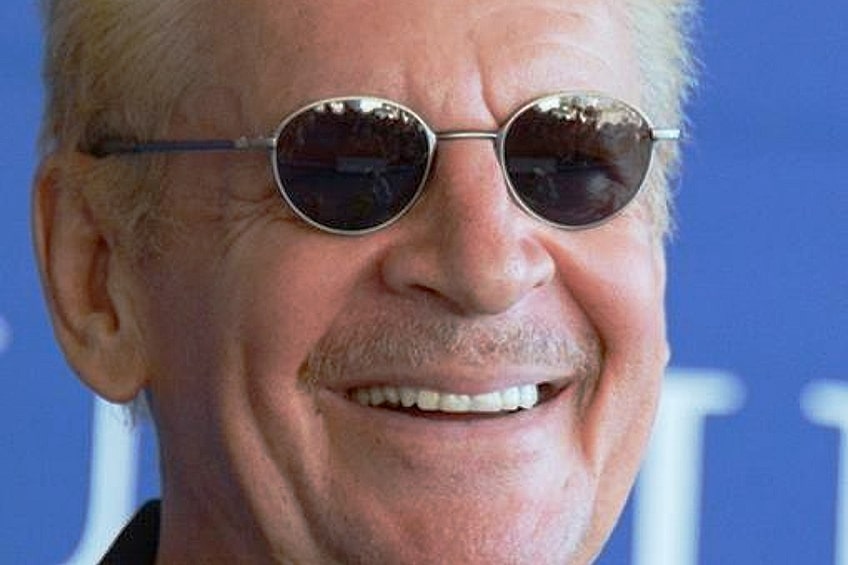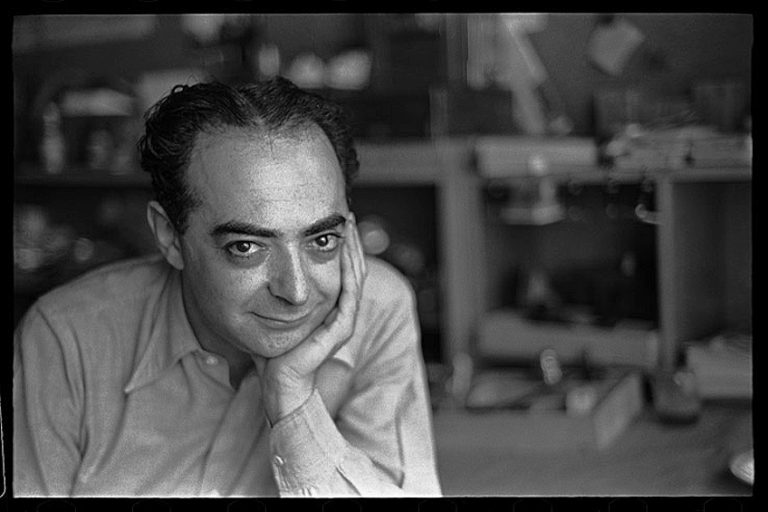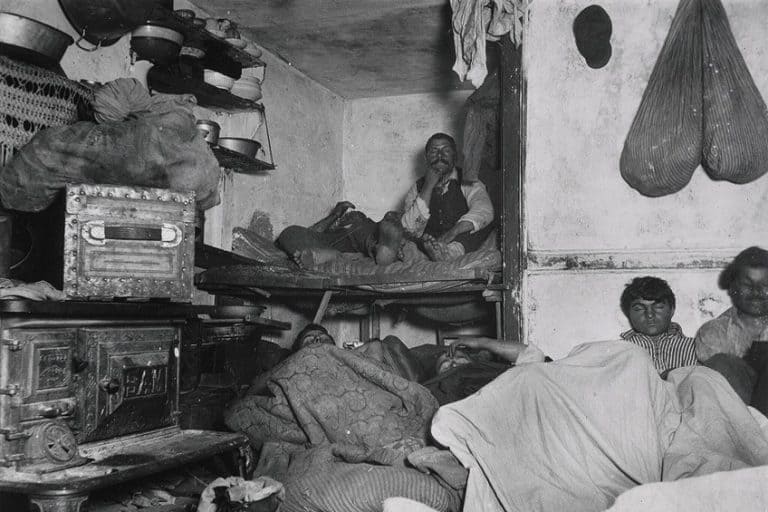Larry Clark – Rebel With a Camera
Larry Clark is a pioneering figure in the realm of photography, renowned for his raw and unflinching portrayal of youth culture, particularly in urban settings. His work delves deep into the complexities of adolescence, often depicting controversial and taboo subjects with a stark honesty that both captivates and challenges viewers. Clark’s photographs are not merely images; they are powerful narratives that confront societal norms and shed light on the realities of growing up in America. Through his lens, Clark captures moments of vulnerability, rebellion, and intimacy, creating a body of work that remains influential and thought-provoking in contemporary photography.
Key Takeaways
- Larry Clark is a director and photographer acclaimed for his raw portrayal of adolescence.
- His work, including the photobook Tulsa and film Kids, often presents controversial themes.
- Through his films and photographs, Clark has made a lasting impact on the depiction of youth culture.
Early Life and Education
| Birth | 1943 |
| Death | Present |
| Place of Birth | Tulsa, Oklahoma, United States |
| Genre of Work | Photography and film |
Lawrence Donald Clark is an American film director and photographer known for his stark and provocative depictions of youth culture. Born on January 19, 1943, in Tulsa, Oklahoma, Clark’s early exposure to the vivid realities of adolescent life became the foundation for his artistic expression. He began to capture the lives of his friends through photography in his youth, leading to his first photobook Tulsa in which he documented the raw and often unsettling aspects of teen life, including drug use and teenage sexuality.
Clark’s transition from photography to filmmaking introduced a broader audience to his unfiltered view of adolescents. His debut film, Kids (1995), was emblematic of his style, presenting an intimate, controversial look at a day in the life of a group of New York City teenagers. This and subsequent films further solidified his reputation as a director willing to explore the distressing aspects of growing up, often focusing on themes like substance abuse, sexual behaviors, and violence.
His work has generated both acclaim and debate, highlighting his role as a polarizing figure in both the art world and the film industry.
Tulsa Photography Beginnings
Clark was immersed in photography from a young age, due to his family’s involvement in the profession. His mother’s work as a traveling baby photographer brought him into the field at the age of 13. His exposure to the medium continued to grow during his teenage years in Tulsa, where he encountered various aspects of youth culture that would later become central themes in his work.
Influence of W. Eugene Smith and Layton School of Art
Clark’s photography was notably influenced by W. Eugene Smith, a renowned photojournalist known for his work during the Vietnam War and other significant events. Seeking to expand his photographic skills and horizons, Clark attended the Layton School of Art in Milwaukee, Wisconsin. His education here allowed him to refine his technique and further develop his distinctive style of capturing stark, candid moments.

Cinematic Endeavors
Larry Clark, an American filmmaker, has garnered significant attention throughout his career for his raw and unfiltered portrayal of youth culture. His films often explore the darker aspects of adolescence, with a focus on themes such as sexuality and substance abuse.
Breakthrough With Kids (1995)
In 1995, Larry Clark made a notable entrance into the film industry with his directorial debut, Kids. Written by Harmony Korine, the film follows a day in the life of a group of teenagers in New York City, illustrating their uninhibited and often risky behavior. The portrayal of these activities, especially graphic sex and drug use, sparked controversy and pushed the boundaries of what could be shown on screen, leading to an NC-17 rating in the United States. The film’s verité style and use of non-professional actors created a realistic and disturbing insight into the lives of urban youth, which resonated with audiences and critics alike.
Later Films and Direction Style
Following the success of Kids, Clark continued to explore similar themes in his subsequent films. Notable works include Ken Park, Bully, Wassup Rockers, Marfa Girl, and The Smell of Us. Each film depicts the lives of teenagers with a focus on authenticity, often employing non-actors and using a raw, vérité shooting style. Clark’s directorial approach is characterized by:
- Naturalism: Utilizing natural light and real locations to reinforce the unpolished realism of the narrative.
- Provocation: Incorporating deliberately controversial content to challenge viewers and provoke discussion.
- Graphic content: Not shying away from graphic sexuality and violence, often resulting in restrictive ratings and divided critical reception.
Clark’s films, although not universally acclaimed due to their often explicit content, solidified his status as a filmmaker unafraid to address the fringes of youth culture in a stark and revealing manner. His ability to attract attention and debate points to his distinctive voice in independent cinema.
Major Themes and Controversies
Larry Clark’s work vividly captures the visceral realities of youth subcultures, frequently sparking debate with its unflinching portrayal of taboo subjects.
Exploration of Teenage Subcultures
Larry Clark, an American filmmaker and photographer, is renowned for his dedication to exploring the lives of teenagers, especially within the context of subcultures like skateboarding. His art delves into the dynamics of these groups, frequently set against the backdrops of cities like New York City and Los Angeles.
Teenage Lust, one of his notable works, is a testament to Clark’s focus on the candid experiences of youth, including their search for identity and belonging.
Graphic Depictions and Reception
Clark’s direct approach to depicting sexuality, drug use, and violence among teenagers, including contentious topics such as underage sex, often categorizes his films as controversial. The reception of his works, such as the seminal Kids, has been polarized, with critics and audiences split on their merits. Advocates praise his candid representation of teenage life, whereas detractors criticize the graphic nature of his content, questioning the morality and impact of such raw portrayals on his often underage subjects. Despite this, Clark’s influence is undeniable in painting a stark, revealing portrait of American youth subculture.
Legacy and Impact
Larry Clark’s foray into the realms of independent film and photography has undeniably left a mark on contemporary culture. His candid portrayal of youth, combined with a penchant for storytelling, has brought his works to the forefront of discussion and critique.
Influence on Independent Film and Photography
Clark’s entrance into filmmaking with the controversial film Kids (1995) showcased his unflinching examination of adolescent experiences. The film’s raw depiction of New York City teens living amidst themes of sex, drugs, and AIDS achieved commercial success and cemented Larry Clark as a significant voice in independent cinema. He not only influenced a generation of filmmakers but also brought his unique photographic perspective, evident in his earlier work such as the photo book The Perfect Childhood, to moving pictures.
Retrospectives and Exhibitions
The body of Clark’s work as both an artist and a photographer has been recognized through retrospectives and exhibitions at esteemed institutions. Notable retrospectives include those by the International Center of Photography, the Whitney Museum of American Art, and the Musée d’Art Moderne de la Ville de Paris, indicating the international recognition and cultural regard for his insightful explorations of youth subcultures.
These exhibitions have offered audiences a comprehensive view of his work from storied photography collections to his later film productions.
Larry Clark Today
As of today, Larry Clark continues to be an influential figure in independent film and the art world. Whether as a writer, producer, or film producer, his storytelling approach remains focused on unapologetically presenting the veracity of adolescence, gaining both criticism and acclaim in the process. His work persists in sparking discussion about the social issues and rites of passage that characterize the youth experience, thereby asserting his sustained relevance in contemporary discourse.

Larry Clark’s contributions to photography extend far beyond mere documentation; they represent a profound exploration of the human experience, particularly the tumultuous journey of youth. His unapologetic approach to capturing raw emotions and societal realities has not only shaped the field of photography but also sparked important conversations about culture, identity, and the challenges faced by young people. Clark’s ability to confront uncomfortable truths through his artistry leaves a lasting impact, reminding us of the power of visual storytelling to provoke thought, evoke emotions, and inspire change.
Frequently Asked Questions
Which Exhibitions Have Featured Larry Clark’s Photography?
Larry Clark’s photography has been exhibited at notable institutions such as the Museum of Modern Art (MoMA) in New York. His work often explores youth culture, and his raw portrayal of this demographic has been both celebrated and critiqued in various exhibitions around the globe.
What Was the Impact of Larry Clark’s Tulsa Photo Series on Modern Photography?
The Tulsa photo series, released in 1971, had a profound impact on modern photography by offering an unflinching look at the lives of teenagers engaged in drug use and other forms of countercultural behavior. This series challenged the traditional boundaries of documentary photography and influenced generations of photographers with its candid and often unsettling imagery.
Isabella studied at the University of Cape Town in South Africa and graduated with a Bachelor of Arts majoring in English Literature & Language and Psychology. Throughout her undergraduate years, she took Art History as an additional subject and absolutely loved it. Building on from her art history knowledge that began in high school, art has always been a particular area of fascination for her. From learning about artworks previously unknown to her, or sharpening her existing understanding of specific works, the ability to continue learning within this interesting sphere excites her greatly.
Her focal points of interest in art history encompass profiling specific artists and art movements, as it is these areas where she is able to really dig deep into the rich narrative of the art world. Additionally, she particularly enjoys exploring the different artistic styles of the 20th century, as well as the important impact that female artists have had on the development of art history.
Learn more about Isabella Meyer and the Art in Context Team.
Cite this Article
Isabella, Meyer, “Larry Clark – Rebel With a Camera.” Art in Context. April 15, 2024. URL: https://artincontext.org/larry-clark/
Meyer, I. (2024, 15 April). Larry Clark – Rebel With a Camera. Art in Context. https://artincontext.org/larry-clark/
Meyer, Isabella. “Larry Clark – Rebel With a Camera.” Art in Context, April 15, 2024. https://artincontext.org/larry-clark/.









